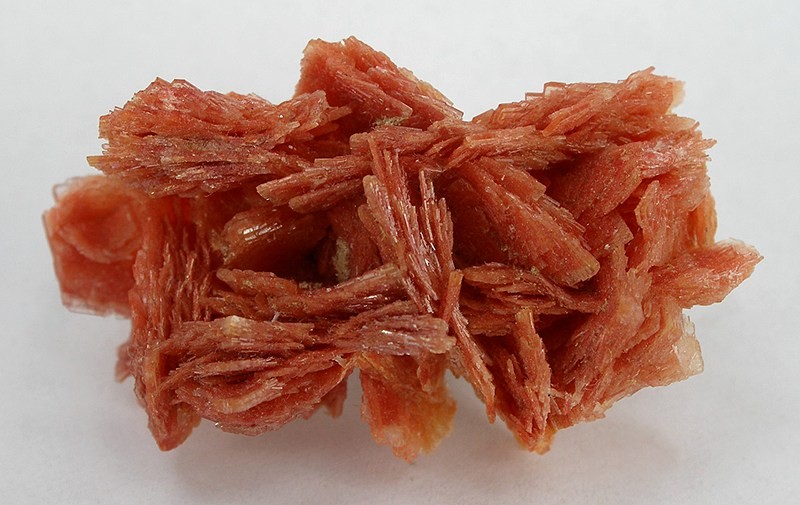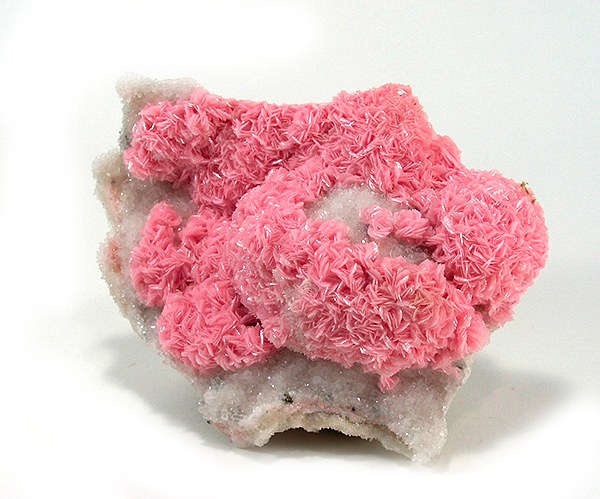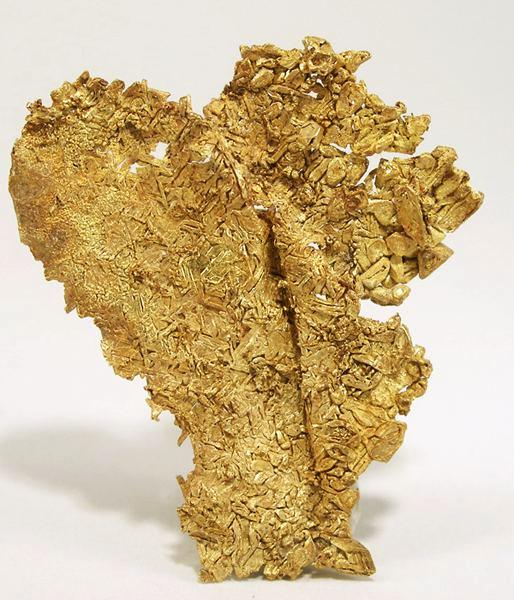 Mineralele din România - Partea a 3-a
Mineralele din România - Partea a 3-a
"Minerale din Maramureş"
România e dotată cu un număr mare de specii minerale, caracterizate prin unicitatea morfologică şi prin frumuseţea lor greu de egalat. Conţinând toate tipurile de relief, în România se găseşte o gamă foarte variată de tipuri de roci şi de clase de minerale, astfel încât avem foarte multe de spus pe această temă.
În acest articol vom vorbi despre minele din zona Baia Mare-Maramureş şi unele dintre cele mai importante minerale care erau extrase aici; mai jos puteţi vedea harta Maramureşului şi localităţile unde erau exploatate zăcăminte.
Zona Maramureşului este una dintre zonele cu cele mai frumoase şi spectaculoase specii minerale de la noi din ţară, abundenţa de cristale fiind datorată în mare parte fostei activităţi magmatice intense ce a avut loc aici. Scoarţa terestră abundă aici în roci vulcanice, mai ales andezitice, care s-au format acum 8-15 milioane de ani.
Aici au avut de asemenea loc şi diverse fenomene hidrotermale, care împreună cu cele magmatice au dat naştere unor acumulări metalice, în alcătuirea cărora intră nu atât metale simple (cupru, zinc, antimoniu, plumb), cât şi metale preţioase (aur şi argint).
Dacă ne uităm în trecut, în perioada în care România a fost o mare putere industrială, remarcăm ce importanţă uriaşă a avut această zonă. De aici s-au extras în decursul a mai mult de două secole minereuri metalice conţinătoare de cupru, zinc, plumb, antimoniu , telur, indiu, etc, şi preţioasele metale: aur şi argint.
Introducere
 |
| Barită şi realgar, Cavnic |
Aici au avut de asemenea loc şi diverse fenomene hidrotermale, care împreună cu cele magmatice au dat naştere unor acumulări metalice, în alcătuirea cărora intră nu atât metale simple (cupru, zinc, antimoniu, plumb), cât şi metale preţioase (aur şi argint).
Minele din zonă
Probabil singurul aspect negativ referitor la această bogăţie minerală este faptul că nu mai poate fi arătată lumii. Toate eşantioanele şi specimenele minerale care sunt acum în colecţii şi care provin din Maramureş au fost scoase la lumină acum mulţi ani, când minele erau încă deshise. Acum, minele din zonă sunt închise.
Putem totuşi fi şi optimişti; dacă minele nu mai sunt deschise, asta însemnă că frumuseţea se conservă, în loc să fie transformată în industrie.
 |
| Barită şi realgar de la Cavnic |
Mineralele se găsesc sub formă de filoane, foarte abundente în zona dintre localităţile Baia Sprie şi Şuior. Acest filoane aveau geode/druze de până la 25 de centimetri, care conţineau minerale bine cristalizate. De obicei, acestea erau cristale de cuarţ, calcit, gips în asociaţie cu sulfuri sau carbonaţi.
Minerale din zonă
Probabil unul dintre cele mai interesante minerale din zona Maramureşului este cuarţul de Valea Roşie, care poate fi considerat de fapt ca fiind ametist, deoarece incluziunile pe care le are acesta îi conferă culoarea tipică de ametist.
Următoarea listă conţine mineralele care pot fi găsite în zona Maramureşului:
La Herja
Baia Sprie
Următoarea listă conţine mineralele care pot fi găsite în zona Maramureşului:
La Herja
- Pirotină, sub formă de trandafiri, în interiorul
- Stibină, în geode, cu habitus prismatic
- Sfere de calcit alb, sau jumătate alb-jumătate negru, cu diametrul de aprox. 10 cm
- Galenă cu cristale de până la 4 cm
- Berthierit, ce formează agregate cu aspect acicular
- Jamesonit şi semseyit
- Alte minerale: boulangerit, covellină, siderit
- Geode cu cuarţ, calcit şi mai rar gips, cu cristale transparente de până la 1 m
- Tetraedrit, care este asociat cu cuarţul şi calcitul
- Calcedonie bleu, sub formă de agregate botroidale (la sud de Cavnic, la Trestia)
- "Calcitul de Gavra", denumit după filonul Gavra din Cavnic, este un calcit sub formă de pseudomorfoze după cuarţ
- Minerale de cupru: calcopirită, covellină, cupru nativ, malachit; de plumb: sfalerit, galenă; şi de fier: pirită, hematit, marcasită, siderit
- Alte minerale: azurit, argentit, adular, dolomit, fluorină, jamesonit, natrolit, molibdenit, realgar, rodocrozit, smithsonit, stibină, wolframit, wawellit.
 |
| Bournonit de la Baia Sprie |
- Geode de cuarţ, calcit şi gips.
- Stibină cu habitus acicular, asociate cu cristale albe de baritină
- Baritină roşie, cu cristale mari, de până la 6 cm pe muchie
- Argintul şi mineralul său, argentitul
- Aur nativ
- Alte minerale: anglezit, auripigment, sfalerit, bournonit, boulangerit, cinabru, covellină, dolomit, ferberit, hematit, jamesonit, marcasită, pirită, pirotină, piroluzit, proustit, realgar, rodonit, siderit, stibină, sulf nativ, wolframit.
Băiuţ
- Stibină cu cristale scurt-prismatice
- Alte minerale: aragonit, cinabru, eritrină, ferberit, marcasită, natrolit, pirargirit, realgar, siderit.
 |
| Barită şi jamesonit din Baia Mare |
Alte localităţi
- Ilba: Anglezit, argentit, aur nativ, blendă, cinabru, cobaltit, cupru nativ, fluorină, jamesonit, marcasită, piroluzit, rodonit
- Baia Mare:Argint, adular, auripigment, sfalerit, galenă, jamesonit, scheelit
- Nistru: Ametist, calcopirită
- Săsar: Corindon, pirită, proustit
- Turţ: Ametist, siderit
Muzee
În Baia Mare este deschis Muzeul de Mineralogie, unde poate fi observată o colecţie impresionantă de minerale adunate de la toate minele din zona Maramureşului. Vizitaţi site-ul muzeului.
De asemenea, şi la Muzeul Naţional din Bucureşti se găsesc numeroase eşantioane aduse din zona Baia Mare. Vizitaţi site-ul muzeului.
Hărţi
Faceţi clic pe următoarele hărţi ca să le măriţi.
 |
| CLIC PENTRU PARTEA A II- A |
 |
| CLIC PENTRU PARTEA A IV-A |







